Insects—the tiniest of Earth’s creatures—boast some of the most extraordinary abilities in the animal kingdom. Though often overlooked due to their size, these remarkable invertebrates accomplish feats that would make even the most celebrated human athletes envious. From lightning-fast strikes to astonishing feats of strength, insects have evolved capabilities that push the boundaries of what seems physically possible. The insect world is full of record-breakers, evolutionary marvels that have perfected their specialized skills over millions of years. This article explores the incredible achievements of these miniature Olympians, highlighting the bugs that truly deserve gold medals in nature’s grand competition.
The Fastest Accelerator: Dracula Ant
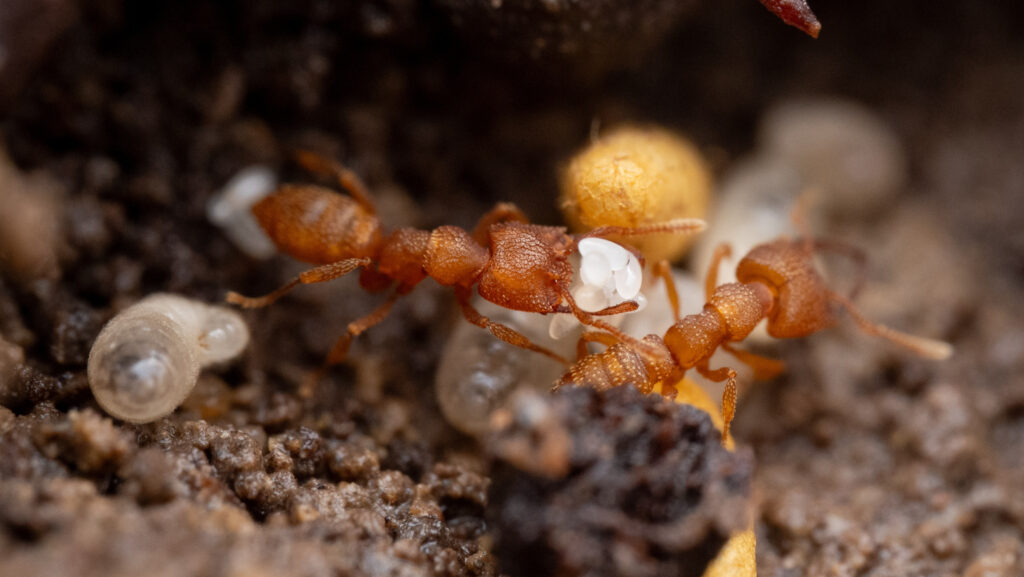
When it comes to pure acceleration, no creature on Earth can match the Dracula ant (Mystrium camillae). This unassuming insect can snap its mandibles at speeds of up to 200 mph—making it the fastest-moving animal appendage ever recorded. The ant’s jaws close in just 0.000015 seconds, creating acceleration 1,000,000 times greater than gravity. Scientists discovered that the ant creates this explosive power through a biological spring-loading mechanism, storing energy by pressing the tips of its mandibles together until releasing them with devastating effect. This remarkable adaptation helps the Dracula ant strike prey with incredible precision and force, despite its diminutive size.
The Strongest Creature: Dung Beetle

The humble dung beetle holds the indisputable title of world’s strongest insect relative to its size. These remarkable beetles can pull weights up to 1,141 times their own body weight—equivalent to a human dragging six double-decker buses. The Onthophagus taurus species demonstrates particularly impressive strength during mating seasons, when males use their horns to lift rivals several times their own weight and fling them from tunnels. This extraordinary power serves a practical purpose: dung beetles must navigate difficult terrain while rolling balls of excrement many times their size, which they use for food and breeding chambers. Their strength represents one of the most incredible adaptations in the insect world, allowing these ecological recyclers to thrive in their unique niche.
The Highest Jumper: Froghopper

Froghoppers, specifically Philaenus spumarius, are the insect world’s unrivaled jumping champions. These small bugs can launch themselves to heights of 28 inches—equivalent to a human leaping over a 700-foot skyscraper. What makes this feat even more impressive is the acceleration froghoppers achieve, experiencing forces of 400G during takeoff (compared to the 5G that causes humans to lose consciousness). These insects store energy in a part of their thorax made of resilin, an extremely elastic protein that works like a biological catapult when released. The froghopper’s remarkable jumping ability evolved as an escape mechanism, allowing it to instantly vanish when threatened by predators.
The Most Venomous: Bullet Ant
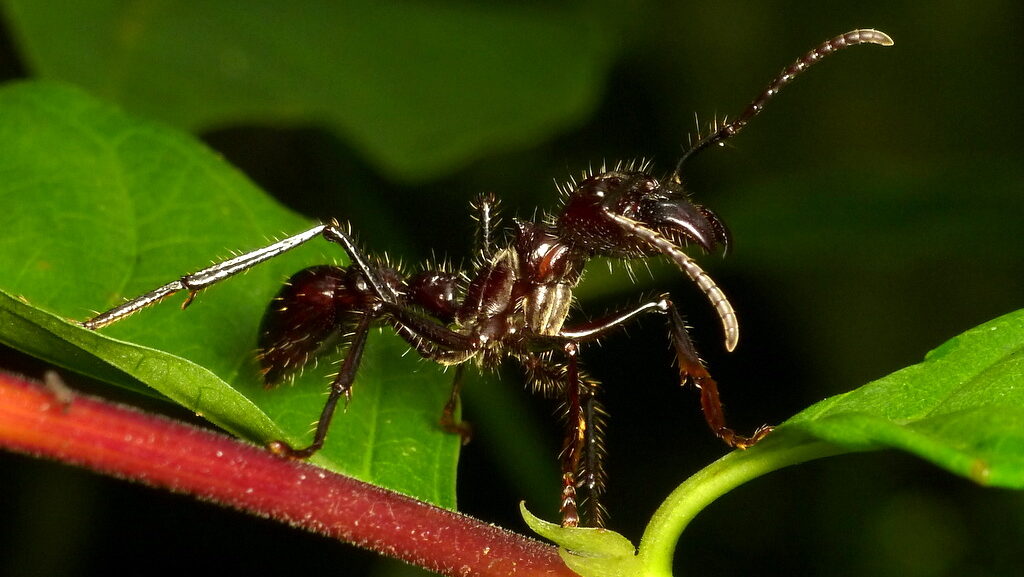
The bullet ant (Paraponera clavata) of Central and South America produces what is widely considered the most painful insect venom on the planet. Its sting ranks highest on the Schmidt Pain Index, a scale created by entomologist Justin Schmidt who personally experienced hundreds of different insect stings. Victims describe the pain as “like walking over flaming charcoal with a three-inch nail embedded in your heel,” and the agony can persist for up to 24 hours. The venom contains poneratoxin, a neurotoxic peptide that disrupts nerve function by altering sodium ion channels. Despite this fearsome defense mechanism, some indigenous cultures, like the Sateré-Mawé tribe of Brazil, use bullet ant stings in coming-of-age rituals, where young men must wear gloves filled with the ants for ten minutes.
The Loudest Insect: Tiger Moth
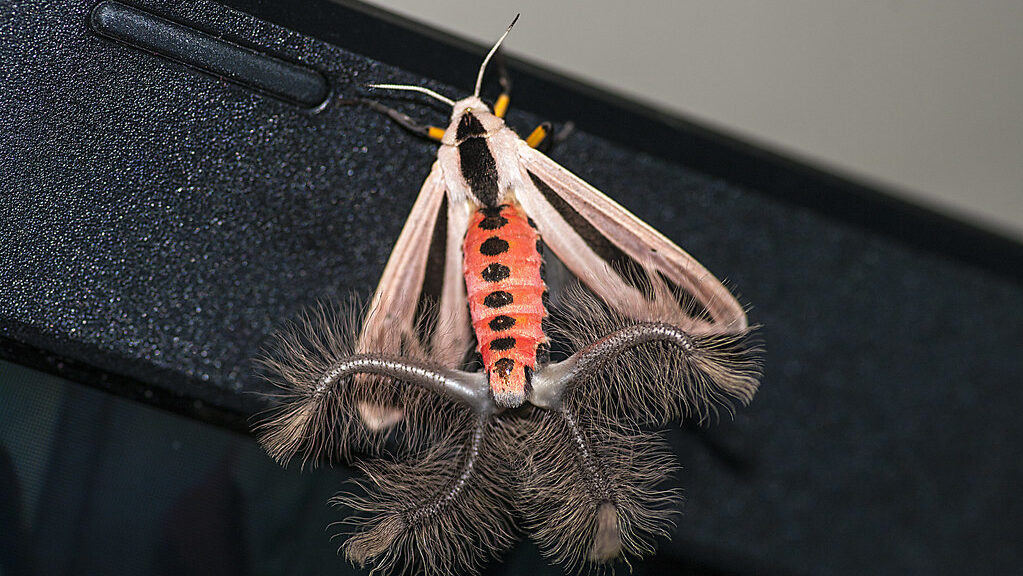
While cicadas are often cited as the loudest insects, the tiger moth (Creatonotos gangis) actually produces the most intense sounds relative to its body size. These moths generate ultrasonic clicks that can reach an astonishing 125 decibels—comparable to a rock concert or a jet engine during takeoff. What makes this achievement particularly remarkable is that tiger moths produce these sounds not from vocal cords but by rapidly buckling specialized membranes called tymbals on their thorax. The primary purpose of these sounds is defense against bats, as the ultrasonic clicks either jam the bats’ echolocation or warn them that the moth is toxic. Some tiger moth species can even tailor their acoustic responses based on the specific predator they encounter, demonstrating sophisticated defensive adaptations.
The Most Durable: Tardigrade
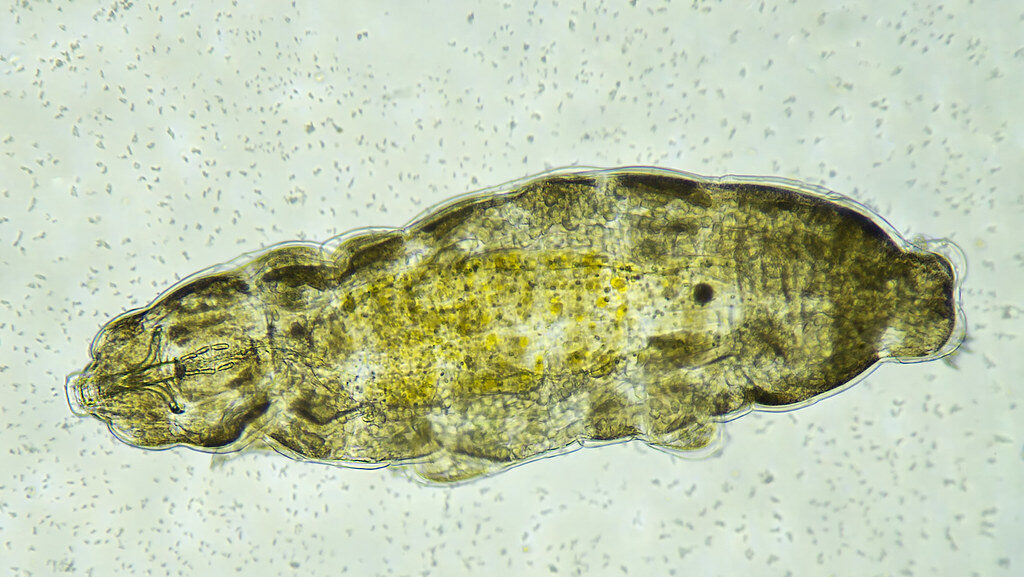
Though technically not insects but microscopic invertebrates, tardigrades (water bears) hold the undisputed record for durability among all living creatures. These eight-legged micro-animals can survive temperatures from near absolute zero (-458°F) to well above boiling (300°F), pressures six times greater than those in the deepest ocean trenches, and radiation levels thousands of times higher than what would kill a human. Perhaps most impressively, tardigrades can enter a dehydrated state called cryptobiosis, expelling almost all water from their bodies and reducing their metabolism to less than 0.01% of normal, allowing them to survive without food or water for up to 30 years. These almost supernatural survival capabilities have even enabled tardigrades to survive in the vacuum of space during scientific experiments, earning them the title of Earth’s most indestructible organisms.
The Best Flyer: Dragonfly

Dragonflies stand as nature’s most accomplished aerial acrobats, possessing flight capabilities that surpass all other insects and even rival advanced human aircraft. They can fly in any direction—forward, backward, up, down, sideways—and can hover perfectly still or instantly change direction at full speed. Reaching speeds up to 35 mph (faster than many birds), dragonflies maintain precise control through two pairs of independently-operating wings that can beat asynchronously. Their astounding 95% hunting success rate exceeds that of any other predator on Earth, including sharks and lions. This aerial mastery results from specialized neurological adaptations, with approximately 80% of their brain dedicated to processing visual information, allowing them to track prey movements with microsecond precision.
The Longest Lifespan: Termite Queen
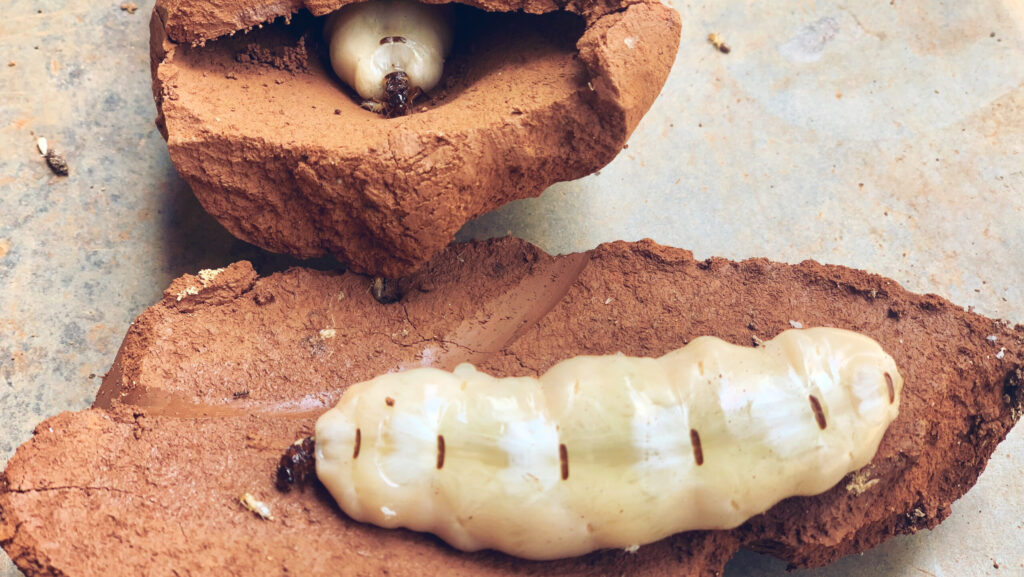
When it comes to insect longevity, nothing compares to the remarkable lifespan of termite queens. While most insects live days, weeks, or months, termite queens of certain species can survive for an astonishing 50+ years in protected underground chambers. During this extended life, a single queen can produce over 10 million offspring, laying one egg approximately every 3 seconds at her peak fertility. As they age, termite queens undergo significant physiological changes, developing an enormously distended abdomen that can grow to thousands of times their original size, preventing them from moving independently. Their extraordinary longevity stems from high concentrations of antioxidants, efficient cellular repair mechanisms, and the protective environment of their royal chambers within the colony.
The Most Numerous: Antarctic Springtail

The Antarctic springtail (Cryptopygus antarcticus) holds the record for the most numerous insect-like creature on Earth, with population densities reaching an incredible 100 million individuals per acre in some locations. These tiny hexapods, often mistaken for insects though technically belonging to a separate group called Collembola, have mastered survival in one of Earth’s most hostile environments. Their bodies produce a natural antifreeze protein that prevents ice crystal formation in their tissues, allowing them to survive temperatures as low as -49°F. Unlike many cold-adapted species, springtails don’t hibernate but remain active year-round, feeding on algae, fungi, and organic detritus. Their astronomical numbers make them critical components of polar ecosystems, cycling nutrients and supporting food webs in these sparse environments.
The Best Camouflage Artist: Leaf Insect
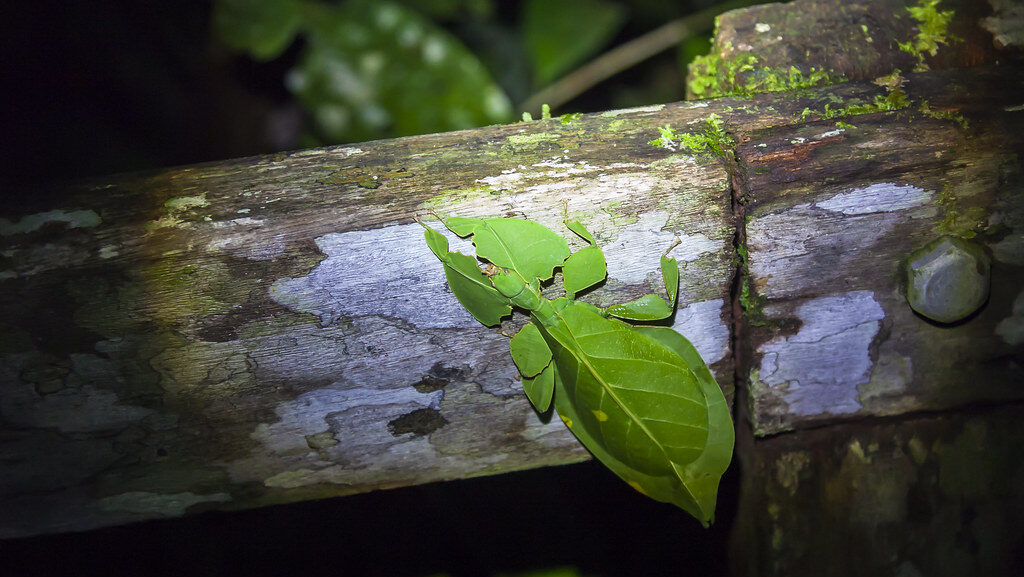
Leaf insects (Phylliidae family) have perfected the art of disguise to a degree unmatched by any other insect group. Their bodies have evolved to mimic leaves with extraordinary detail, including leaf-like veins, irregular edges that appear to show bite marks or decay, and even transparent sections that resemble leaf damage. Some species can change color to match seasonal changes in foliage, transitioning from green to brown as their environment shifts. This remarkable camouflage extends beyond physical appearance to behavior—leaf insects sway gently when breeze touches them, mimicking the natural movement of leaves in wind. Their deception is so complete that scientists continue to discover new species simply because they have been overlooked, literally hiding in plain sight among actual leaves.
The Most Precise Navigator: Monarch Butterfly

The monarch butterfly (Danaus plexippus) accomplishes one of nature’s most extraordinary feats of navigation during its annual migration. These delicate insects travel up to 3,000 miles from Canada and the northern United States to specific overwintering sites in central Mexico—a journey spanning multiple generations. What makes this navigation truly remarkable is that monarchs that make the southward journey have never been to the destination before, yet they can pinpoint groves of oyamel fir trees with astonishing precision. Scientists have discovered that monarchs possess an internal compass using light-sensitive cryptochrome proteins that detect Earth’s magnetic field, along with a time-compensated sun compass in their antennae. This sophisticated navigational system, packed into a brain smaller than a pinhead, represents one of the most precise natural GPS systems in the animal kingdom.
The Most Prolific: Fig Wasp
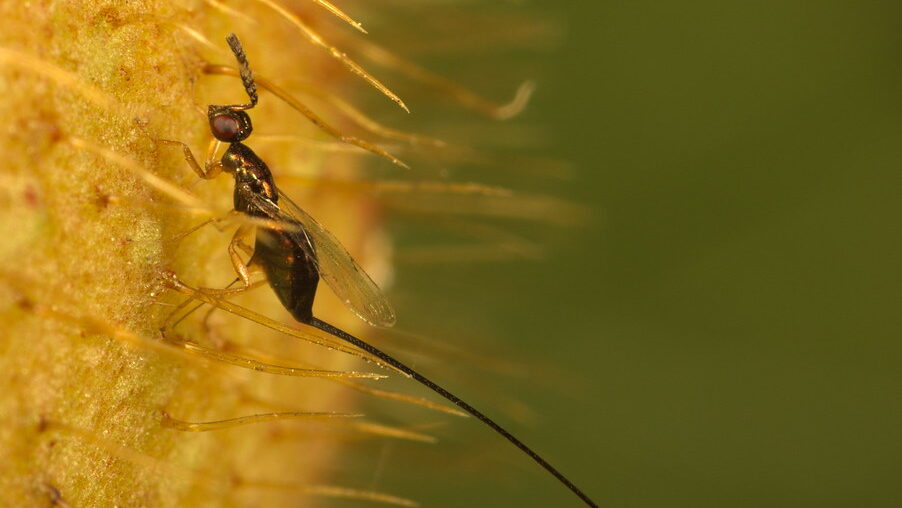
Fig wasps (Agaonidae family) hold the record for the most specialized and productive pollinators in the insect world. A single female fig wasp can pollinate thousands of flowers within a single fig in just one day, achieving pollination efficiency unmatched by any other insect. These tiny wasps have co-evolved with fig trees for over 80 million years in one of nature’s most intricate symbiotic relationships. Female wasps enter figs through a narrow opening that often strips off their wings and antennae—essentially sacrificing themselves in a one-way journey. Once inside, they pollinate the fig’s internal flowers, lay eggs, and die, with their bodies being digested by the fig’s enzymes. This extreme specialization has resulted in around 900 fig tree species each having their own dedicated species of fig wasp pollinator, creating one of nature’s most remarkable examples of co-evolution.
The Most Efficient Recycler: Burying Beetle

Burying beetles (Nicrophorus species) are nature’s most efficient organic recyclers, capable of completely processing a small animal carcass within 24 hours. These remarkable insects can detect the odor of recently deceased vertebrates from miles away using specialized antennae. Upon locating a carcass, a mated pair will work together to bury it by excavating soil beneath the dead animal, allowing it to sink below ground. The beetles then remove all fur or feathers, roll the remaining flesh into a ball, and treat it with secretions that slow decay and prevent bacterial growth. Most impressively, burying beetles are among the few insects that demonstrate parental care, with both parents remaining to feed regurgitated carrion to their larvae. This complete recycling system ensures that valuable nutrients from dead animals rapidly return to the ecosystem, making burying beetles crucial components of healthy forest environments.
The Greatest Builders: Weaver Ants
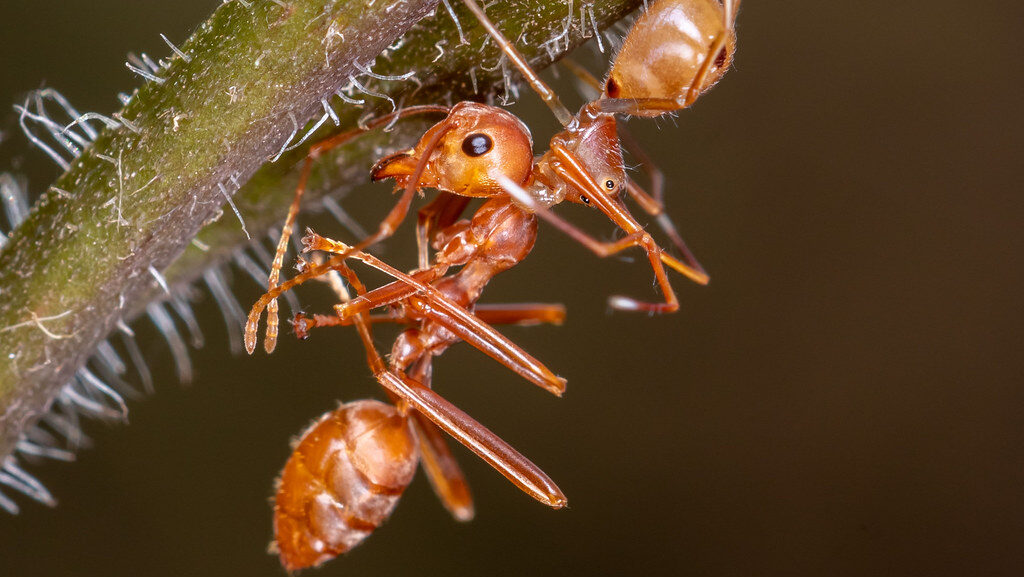
Weaver ants (Oecophylla species) hold the record for creating the most complex architectural structures in the insect world. Unlike other nest-building insects, these remarkable ants construct elaborate hanging nests by sewing together living leaves using silk produced by their larvae. To accomplish this engineering feat, worker ants form living chains, with each ant gripping the waist of another with its mandibles, creating bridges that can span gaps of several inches. Other workers then carry larvae like living glue guns, gently squeezing them to produce silk threads that bind leaf edges together. A single colony can maintain multiple nests spanning several trees, housing up to 500,000 individuals in structures that include separate chambers for the queen, brood, and food storage. These sophisticated architects even incorporate antimicrobial plants into their constructions to prevent fungal and bacterial growth, demonstrating a level of building sophistication unmatched in the insect world.
The insect world reveals nature’s extraordinary capacity for specialization and adaptation. These tiny record holders remind us that physical size bears little relation to evolutionary achievement—sometimes the smallest creatures accomplish the most remarkable feats. From ants that strike faster than bullets to butterflies that navigate with greater precision than our most sophisticated instruments, insects demonstrate nature’s boundless ingenuity. As we continue to study these miniature Olympians, we not only gain greater appreciation for the complexity of life but also find inspiration for human innovation. The next time you encounter an insect, consider that you might be in the presence of one of Earth’s true champions—a gold medalist in nature’s ongoing evolutionary games.
